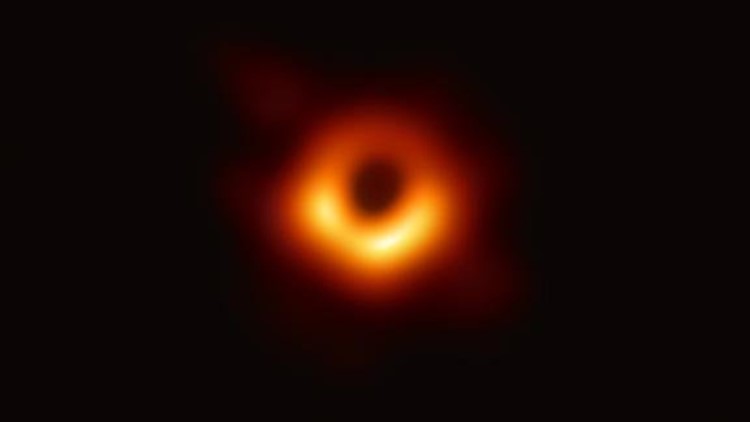Scientists say they may have detected the never-before-seen collision of a neutron star and a black hole, a collision between two neutron stars and three potential black hole mergers.
The detections were made last month shortly after researchers turned on three gravitational wave detectors — the twin LIGO detectors in the United States and the Virgo detector in Italy — for a third observational campaign that began April 1.
Gravitational waves are ripples in space and time. Neutron star collisions release gravitational waves, as well as light.
The detectors’ observations are being regarded as candidates until further data can confirm them.
“The latest LIGO-Virgo observing run is proving to be the most exciting one so far,” said David H. Reitze, executive director of LIGO. “We’re already seeing hints of the first observation of a black hole swallowing a neutron star. If it holds up, this would be a trifecta for LIGO and Virgo — in three years, we’ll have observed every type of black hole and neutron star collision. But we’ve learned that claims of detections require a tremendous amount of painstaking work — checking and rechecking — so we’ll have to see where the data takes us.”
These detectors spotted the first signal of gravitational waves that was announced February 16, 2016, and the first observed neutron star collision in 2017. This kicked off a new field of astronomy involving gravitational waves.
Neutron stars are the smallest in the universe, the remnants of supernovae. Their diameters are comparable to the size of a city like Chicago or Atlanta, but they are incredibly dense, with masses bigger than that of our sun. So think of the sun, compressed into a major city — and then think of two of them violently crashing into each other.
On April 25, one of the LIGO detectors and the Virgo detector observed a signal suggesting a neutron star merger. It was dubbed S190425z, and scientists believe that it happened between 370 million to 640 million light-years from Earth.
The previous neutron star merger detected by Virgo and LIGO, GW170817, was 130 million light-years away.
On April 26, another candidate signal observed by both LIGO detectors and Virgo indicated a collision of a neutron star and a black hole, something that hasn’t been seen before.
The event, called S190426c, could also be another neutron star merger. This signal was much farther away, estimated to be between 900 million and 1.6 billion light-years.
“The universe is keeping us on our toes,” said Patrick Brady, spokesman for the LIGO Scientific Collaboration and a professor of physics at the University of Wisconsin-Milwaukee. “We’re especially curious about the April 26 candidate. Unfortunately, the signal is rather weak. It’s like listening to somebody whisper a word in a busy café; it can be difficult to make out the word or even to be sure that the person whispered at all. It will take some time to reach a conclusion about this candidate.”
Followup reports and observations are ongoing to confirm the detections, as well as determine whether there were counterparts to these violent events.
“The search for explosive counterparts of the gravitational-wave signal is challenging due to the amount of sky that must be covered and the rapid changes in brightness that are expected,” Brady said. “The rate of neutron star merger candidates being found with LIGO and Virgo will give more opportunities to search for the explosions over the next year.”
Overall, the collaboration between LIGO and Virgo has found evidence suggesting 13 black hole mergers, the first detection of gravitational waves, two neutron star mergers and a possible black hole and neutron star merger.
Black hole mergers are key because they warp space and time, which produces gravitational waves.
“Joining human forces and instruments across the LIGO and Virgo collaborations has been once again the recipe of an incomparable scientific month, and the current observing run will comprise 11 more months,” said Giovanni Prodi, the Virgo data analysis coordinator, at the University of Trento and the Istituto Nazionale di Fisica Nucleare in Italy.



